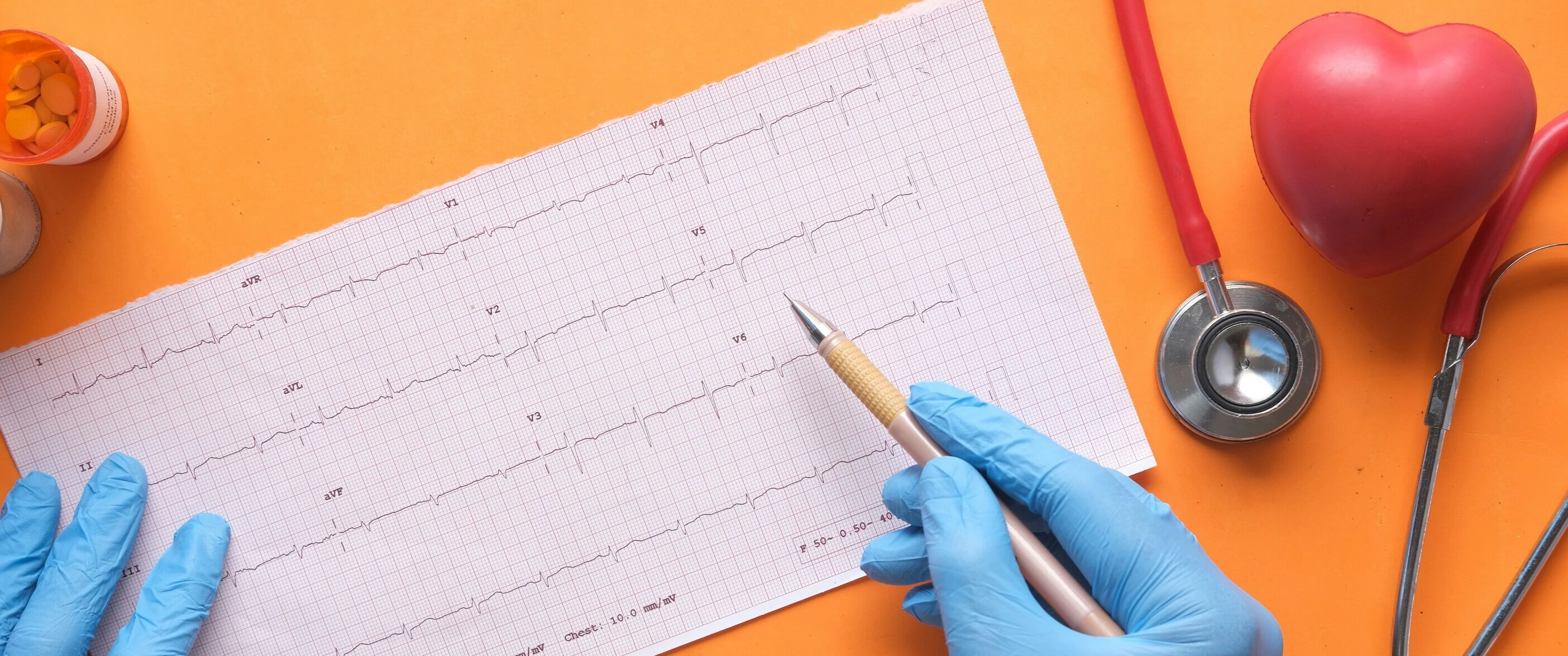How Scanning Helps Healthcare Workers Focus on What Matters: Their Patients
In healthcare, paperwork is unavoidable. From patient intake forms to insurance claims, medical test results, and compliance records, the system runs on documents. Yet every moment spent sorting, filing, or searching for paperwork is time pulled away from patients. For nurses, doctors, and administrators already stretched thin, reducing administrative burden is not just a matter of convenience, it directly affects the quality of care.
Mobile scanning has become an increasingly practical solution for medical care providers. By digitizing paper documents the moment they’re received, staff can cut down on repetitive tasks, reduce errors, and ensure that critical information is always at hand.

Lightening the Administrative Load
For frontline staff, paperwork often begins with patient intake. New patients arrive with forms, prescriptions, or past medical records that need to be processed quickly so care can begin without delay. Traditionally, this meant copying, filing, and entering data manually, or using a bulky scanning machine with its lot of steps and processes; two solutions prone to bottlenecks and errors.
By scanning documents directly from their mobile devices, healthcare providers eliminate unnecessary steps and are less likely to make errors. Patient information can be digitized instantly and attached to the correct record, ensuring that doctors and nurses have access without delay. This not only saves staff hours of administrative work but also reduces the stress and mental load of having to carry and protect numerous health documents for patients throughout the care process.
“We save hours of administrative work every week. That’s time our teams can spend focusing on care.”
Digitization doesn’t stop at intake. Scanning also helps with the endless flow of receipts, invoices, insurance paperwork, and maintenance records that keep patient care facilities running. Instead of wasting time searching for documents in filing cabinets and paper stacks, staff can retrieve the needed information with a quick search. The result is a smoother process, fewer errors, and more energy devoted to patient care.
Ensuring Accuracy and Compliance
In health services, mistakes carry high stakes. Missing or incomplete paperwork can slow down treatment, compromise billing, or even put patient safety at risk. On top of this, providers face strict compliance requirements, as credentialing documents, insurance records, and audit trails must be accurate and readily accessible.
Scanning helps ensure nothing slips through the cracks. When documents are digitized consistently, staff reduce the risk of illegible handwriting, misplaced forms, or incomplete files. And because healthcare operates within strict compliance standards, high-quality scans help guarantee that documents remain accurate, accessible, and ready for audits or reviews.
Accuracy and compliance aren’t just about following rules; they’re about protecting patients and ensuring the continuity of care. Scanning plays a critical role in that process.
Security and Data Protection
Madical care documents often contain sensitive information. Protecting that data is both an ethical obligation and a legal requirement. Paper records can be lost, damaged, or seen by unauthorized people. But digital documents can be protected with passwords or encrypted, making unauthorized access far more difficult. Moreover, digital systems can log every access or modification to provide tracking and accountability.
One of the simplest yet most effective measures is keeping documents on secure devices. Scanning apps like Genius Scan process documents offline by default, meaning sensitive data isn’t transmitted through insecure channels.
Of course, the caveat is that security depends on proper implementation. A poorly secured digital system can introduce risks. But when handled correctly, digitized healthcare documents are more private, more trackable, and more resilient than their paper counterparts. That said, when scanning is integrated into a larger clinical care application, the responsibility for data protection rests with the app itself. The scanning component ensures that documents are captured clearly; but clinical care organizations must ensure their systems meet HIPAA or GDPR requirements for storage and access.
The bottom line: scanning can help mitigate the risks associated with physical paper, but security best practices must be extended across the entire workflow.
Best Practices for Scanning in Healthcare
To get the most out of scanning protocols in health services, consider these best practices:
- Scan at the source. Capture documents immediately at intake or during treatment to avoid errors or misplaced files.
- Stay organized. Use digital folders or tags to sort documents by patient, department, or type.
- Standardize procedures. Train staff on consistent scanning practices for quality and speed.
- Use secure storage. Whether local or cloud-based, ensure documents are backed up and access-controlled.
In Conclusion: Less Paperwork, More Patient Time
Paperwork will always be part of healthcare, but it doesn’t have to slow down care or overburden staff. By digitizing administrative and clinical documents, healthcare providers can work more efficiently, stay compliant, and protect sensitive information, all while freeing up time for what matters most: patients.
Organizations like CardioParc and RFX Solutions have already shown how mobile scanning can simplify patient intake, compliance, and everyday workflows. With tools like Genius Scan and Genius Scan SDK, medical care workers everywhere can reduce their reliance on paper and focus more of their energy on care, not paperwork.
